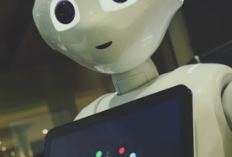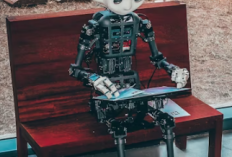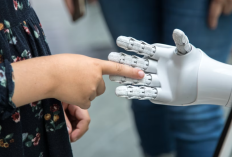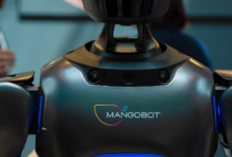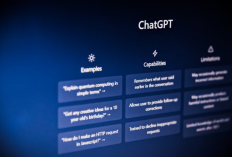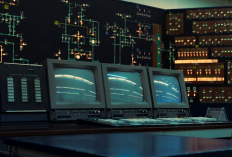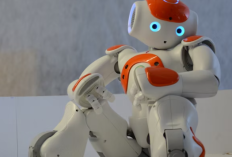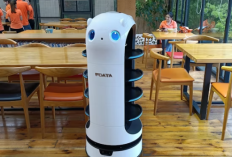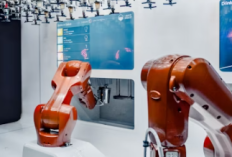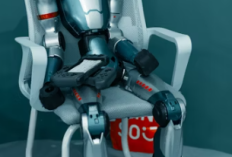Can Artificial Intelligence Save Tech From Its Own Complexity?
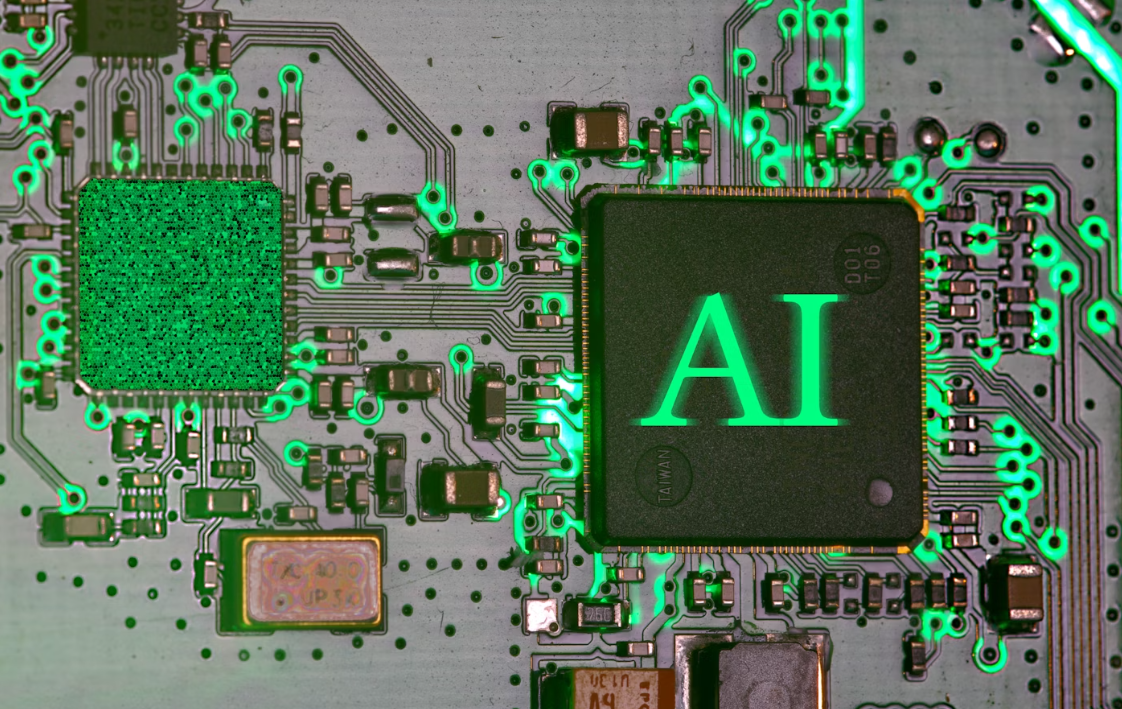
glowing-ai-chip-on-a-circuit-board-Immo Wegmann-https://unsplash.com/
Can Artificial Intelligence Save Tech From Its Own Complexity?
Step into the control center of a sprawling technological ecosystem. Screens flash with streams of data, systems hum in intricate coordination, and networks span continents. It feels almost overwhelming—but you notice something remarkable. Artificial intelligence is quietly untangling the chaos, transforming complexity into clarity. You begin to sense that AI might be the only tool capable of keeping pace with the intricate web of modern technology.
1. Complexity as the New Norm
Modern technology has grown exponentially, connecting millions of devices, applications, and platforms. You feel the weight of this complexity as systems interlock, dependencies multiply, and potential points of failure expand. For humans alone, managing this ecosystem seems impossible. Yet, AI thrives in such environments, able to model, predict, and optimize interconnections at a scale that is both practical and intuitive.
2. AI as the Master Orchestrator
Imagine AI overseeing a global supply chain with hundreds of thousands of moving parts. You witness it detecting inefficiencies, suggesting real-time adjustments, and even anticipating disruptions before they occur. Complexity becomes manageable because AI absorbs it, translating the overwhelming into actionable insight. You feel relief, almost a sense of calm, as the invisible intelligence aligns systems effortlessly.
3. Enhancing Human Comprehension
AI doesn’t just manage complexity—it makes it understandable. Interactive dashboards, predictive alerts, and intelligent simulations transform raw data into human-readable narratives. You, as an observer, are able to see patterns and insights you would never have noticed alone. The experience is immersive: technology feels less like a maze and more like an intuitive partner guiding your decisions.
4. Adaptive Learning Systems
Complexity isn’t static. Systems evolve, requirements change, and unforeseen challenges emerge. AI adapts continuously, learning from outcomes, refining predictions, and recalibrating processes. You watch as it anticipates needs, responds to anomalies, and maintains equilibrium across the entire technological ecosystem. It’s almost like watching a conductor manage a symphony of infinite instruments.
5. Balancing Innovation and Stability
With every breakthrough, technology introduces new layers of complexity. Yet, AI ensures that innovation does not spiral into chaos. By predicting interactions and mitigating risks, it allows human creators to experiment, iterate, and expand possibilities without losing control. You feel a sense of balance: creativity is unleashed while stability is preserved, thanks to the invisible intelligence of AI.
6. Experiencing the AI-Mediated Future
Walking through the networked environment, you feel the seamless integration of human intent and AI guidance. The technology doesn’t intimidate—it informs, supports, and enhances. Complexity, once daunting, is transformed into opportunity. You sense that the future of tech innovation may rely on AI not only for creation but for navigation, ensuring systems remain functional, adaptive, and meaningful in a world of accelerating change.
7. The Human-AI Partnership
Finally, you realize the most profound lesson: AI doesn’t eliminate human responsibility or creativity. Instead, it enables humans to focus on strategy, imagination, and ethical decision-making, while absorbing the intricacies of systems that would otherwise overwhelm us. You feel part of a dynamic partnership, where technology’s complexity is tamed not by limitation, but by intelligence.

